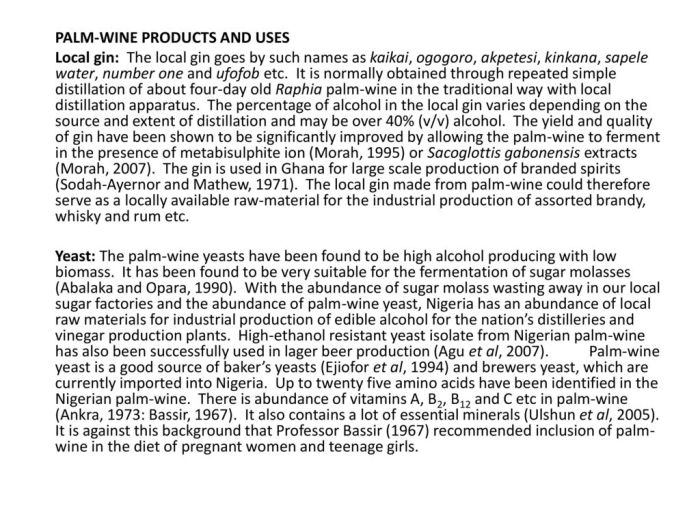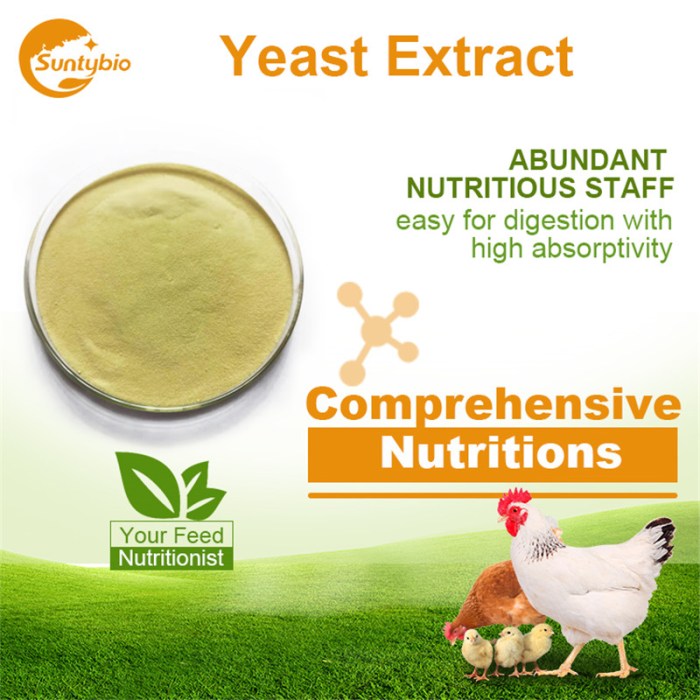Media that contains extracts from plants animals or yeasts are – Media containing extracts from plants, animals, and yeasts are ubiquitous in various industries, offering a diverse array of applications and benefits. These natural extracts possess unique properties that make them valuable ingredients in pharmaceuticals, cosmetics, food products, and beyond. This comprehensive guide explores the extraction methods, types, uses, safety considerations, and future trends of these remarkable media.
Plant Extracts
Plant extracts are natural products obtained from plants by various extraction methods. They are widely used in pharmaceuticals, cosmetics, and food industries due to their therapeutic and flavoring properties.
Methods of Extraction
- Distillation:Involves heating plant material to vaporize volatile compounds, which are then condensed and collected.
- Solvent Extraction:Uses a solvent to dissolve and extract compounds from plant material. Common solvents include ethanol, methanol, and hexane.
- Supercritical Fluid Extraction:Employs a supercritical fluid, such as carbon dioxide, to extract compounds from plant material.
Types of Plant Extracts
- Essential Oils:Volatile liquids with a strong aroma, obtained through distillation.
- Oleoresins:Semi-solid mixtures of essential oils and resins, obtained through solvent extraction.
- Tinctures:Liquid extracts made by soaking plant material in alcohol or other solvents.
Applications in Various Industries
| Industry | Applications |
|---|---|
| Pharmaceuticals | Anti-inflammatory, antimicrobial, and anticancer drugs |
| Cosmetics | Fragrances, skin care products, and hair care products |
| Food | Flavorings, preservatives, and antioxidants |
Animal Extracts: Media That Contains Extracts From Plants Animals Or Yeasts Are

Animal extracts are obtained from animal tissues or organs. They have been traditionally used in medicine and are now also used in modern pharmaceuticals.
Ethical Considerations
Obtaining animal extracts raises ethical concerns regarding animal welfare and conservation. It is essential to ensure that animals are treated humanely and that their use is justified and sustainable.
Types of Animal Extracts
- Glandular Extracts:Obtained from endocrine glands, such as the thyroid gland or pituitary gland.
- Organ Extracts:Obtained from organs, such as the liver or kidneys.
- Bone Marrow Extracts:Obtained from bone marrow, rich in stem cells and growth factors.
Uses in Traditional Medicine and Modern Pharmaceuticals
- Traditional Medicine:Animal extracts have been used for centuries to treat various ailments, such as hormonal imbalances and organ dysfunction.
- Modern Pharmaceuticals:Animal extracts are used in the production of hormones, enzymes, and vaccines.
Yeast Extracts
Yeast extracts are produced by the fermentation of yeast, primarily Saccharomyces cerevisiae. They are rich in nutrients and have a savory flavor.
Process of Yeast Fermentation
Yeast fermentation involves the conversion of sugars into ethanol and carbon dioxide. During this process, various compounds are produced, including vitamins, amino acids, and nucleotides.
Nutritional Value
- High in B Vitamins:Yeast extracts are an excellent source of B vitamins, particularly thiamin, riboflavin, and niacin.
- Rich in Amino Acids:They contain a wide range of amino acids, including essential amino acids that cannot be synthesized by the human body.
Applications in Food Products
- Flavor Enhancers:Yeast extracts add a savory umami flavor to foods, making them a popular ingredient in soups, sauces, and seasonings.
- Nutritional Supplements:They are used as a natural source of vitamins and amino acids in food products, such as energy drinks and protein bars.
Applications in Various Industries

| Industry | Plant Extracts | Animal Extracts | Yeast Extracts |
|---|---|---|---|
| Pharmaceuticals | Anti-inflammatory drugs, cancer treatments | Hormones, enzymes, vaccines | Vitamin supplements |
| Cosmetics | Fragrances, skin care products | Collagen, elastin | – |
| Food | Flavorings, preservatives, antioxidants | Gelatin, rennet | Flavor enhancers, nutritional supplements |
The specific properties of each type of extract make it suitable for different applications. Plant extracts are known for their therapeutic and flavoring properties, while animal extracts are rich in hormones and enzymes. Yeast extracts provide nutritional value and enhance flavor.
Safety and Regulatory Considerations
The use of plant, animal, and yeast extracts requires careful safety considerations and regulatory oversight.
Safety Considerations
- Potential Allergens:Some plant and animal extracts can be allergenic.
- Contaminants:Extracts may contain impurities or contaminants, such as pesticides or heavy metals.
- Drug Interactions:Animal extracts may interact with certain medications.
Regulatory Frameworks, Media that contains extracts from plants animals or yeasts are
Different countries have established regulatory frameworks to ensure the safety and quality of products containing plant, animal, and yeast extracts.
Future Trends

The use of plant, animal, and yeast extracts is expected to continue to grow in the future.
Advancements in Technology
Advances in extraction technology are leading to the development of new and more efficient methods for obtaining extracts.
Emerging Applications
Plant, animal, and yeast extracts are being explored for novel applications in fields such as regenerative medicine and biotechnology.
FAQ
What are the different methods of extracting compounds from plants?
Plant extracts can be obtained through distillation, solvent extraction, and supercritical fluid extraction.
What are the ethical considerations involved in obtaining animal extracts?
Animal extracts should be sourced ethically, ensuring minimal harm to the animals and adhering to strict regulations.
How are yeast extracts produced?
Yeast extracts are produced through the process of yeast fermentation, which converts sugars into alcohol and carbon dioxide.